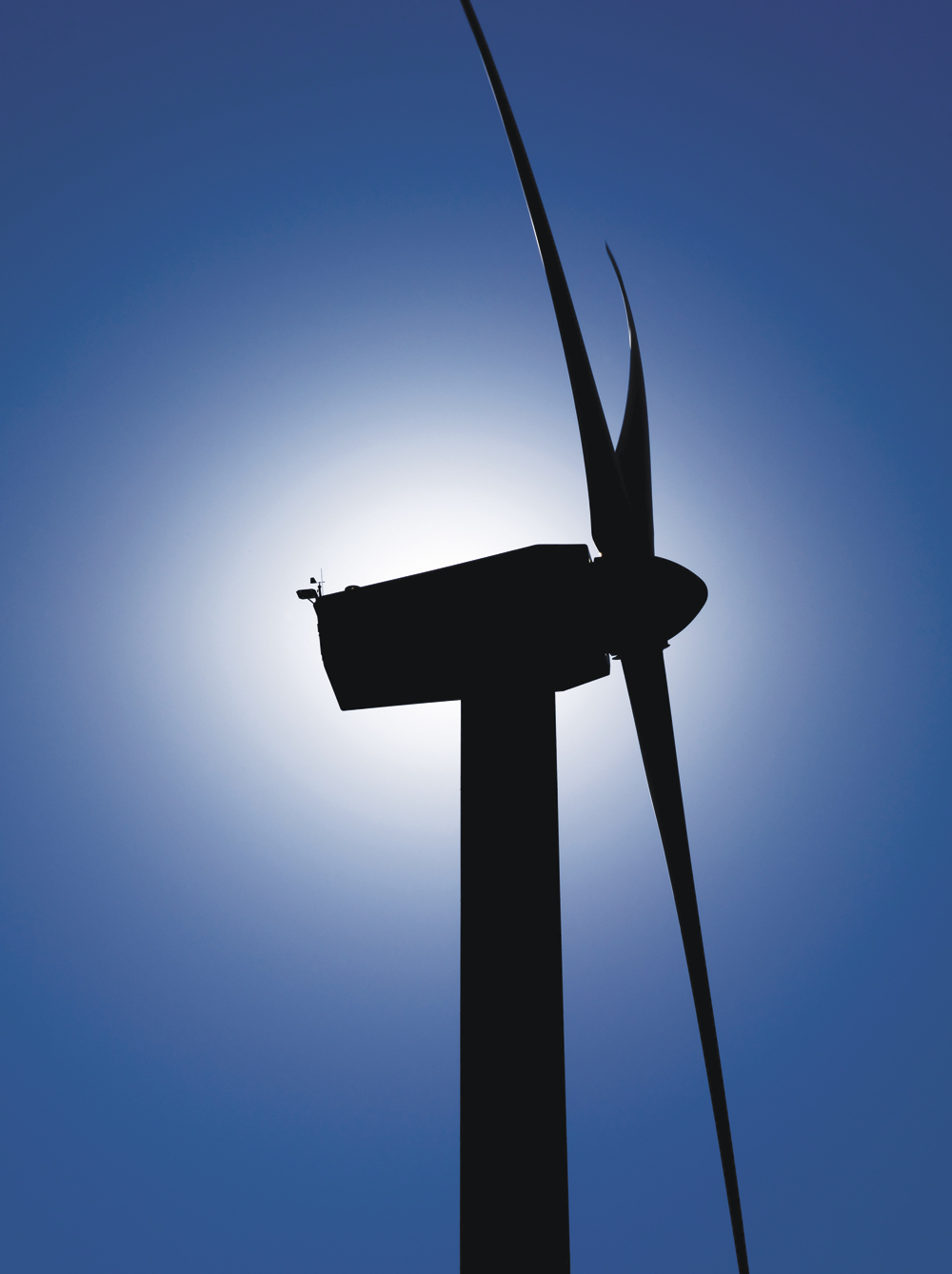Blue Water Solution

Marine report recommends installation of concrete gravity bases for deep-water offshore wind farms
The impact on the marine environment of offshore wind farms is an important issue. A new report supports the inert placement of concrete gravity bases against the disruption of driving steel piles into the seabed.
The report, ‘A Review of Marine Environmental Considerations Associated with Concrete Gravity Base Foundations in Offshore Wind Developments’, by marine consultancy MarineSpace Ltd, with specialist input from ABPmer and Fjordr, examines the environmental impact of concrete gravity bases with particular reference to the issue of placing offshore wind farms in the deeper waters associated with the Round 3 offshore renewable programme.
Commissioned by MPA The Concrete Centre and the Offshore Wind Gravity Foundation Interest Group, it focuses on the potential environmental footprint of concrete gravity bases compared with other foundation solutions for offshore wind farms.
To date, The Crown Estate has offered five rounds of tendering for offshore wind farms. These include: Round 1, Round 2, Scotland, Round 1 and 2 extensions, and Round 3. The majority of Round 1 and 2 wind farm sites are located within 12 nautical miles of the UK coastline and are typified by shallow water, sediment seabed habitats and relatively benign water conditions. For these sites steel monopiles have been the foundation construction of choice. However, the Round 3 sites, with their water depths of 20–60m, more exposed conditions up to 200km from shore and mixture of seabed types, will call for a different construction approach, such as concrete gravity bases, tripods, steel jackets, suction caissons and floating platforms.
Concrete gravity bases, thanks to their robustness and minimum maintenance requirements, look set to have the advantage over other solutions when the harsh marine conditions of the deeper waters of Round 3 are taken into consideration. In addition, the report has found that, when compared with other foundation solutions, concrete gravity foundations offer particular environmental benefits.
During the development of Round 1 and 2 offshore wind farm projects there was a general presumption that concrete gravity bases result in a considerable loss of seabed. However, increasingly, the impact of the area being ‘overshadowed’ by the total foundation structure, for example the seabed area located under the lattice of a steel jacket and not just under one of the feet, is considered to represent the real loss of seabed. In this respect, the research carried out by MarineSpace found that steel jackets or tripods can result in larger seabed disturbance and loss than gravity concrete bases. This loss can only increase as the deeper waters of Round 3 necessitate larger foundations.
The larger foundations required for the deeper waters of Round 3 have a further environmental impact. Steel monopile, tripod and jacket foundations typically rely on piles being hammered or drilled into position. The impact of installation is significant and this can have a severe detrimental effect upon marine life. In the shallow waters of Rounds 1 and 2 monopiles may be struck between 1,000 and 7,000 times, depending on seabed conditions. With a weight of 225 tonnes and delivering blow forces ranging between 200kJ and 500kJ per strike, piling hammers can have a significant noise and vibration impact during an installation period that can take anywhere between four and seven days per foundation, excluding any weather downtime.
‘No piling is required for gravity concrete bases. They are lowered into position,’ explained Andrew Minson, executive director of MPA The Concrete Centre. ‘The avoidance of piling noise during installation is a major benefit of concrete gravity bases as the impact on marine life from piling noise is likely to lead to planning conditions being applied, resulting in project delays and increased costs. With this in mind, retaining concrete gravity bases as an option through the planning process is a prudent priority for developers.
‘Monopiles, steel jackets, tripods and floating platforms all require drilling or hammer piling to secure them to the seabed. The noise and vibration impacts of this will increase due to the increased size of the foundations necessary for Round 3 deep-water locations. The resultant sound pressure waves from piling, drilling and hammering could be at levels high enough to cause death, damage and displacement of marine animals, sensitive fish species and some fish eggs and larvae.’
Domestic and international environmental legislation, such as the Habitats Directive and the Marine Strategy Framework Directive, now reflect the serious consideration of these possible effects. By comparison, any concrete gravity bases that require site preparation works will generate noise associated with the dredging activity. Evidence from marine aggregate extraction operations demonstrates that dredging noise levels are barely detected above those associated with general dredger navigation and are no more noisy than merchant shipping sailing in the local area.
Other environmental impacts to be considered include the impact of tidal currents, which for all options was found to be minimal, and the potential colonization by marine life of new ‘reef’ areas. This reef effect is common to all foundations types and may result in local changes to biodiversity and habitat provision.
‘Overall, the report found that the environmental impact from concrete gravity bases are broadly comparable to other foundation types with one major exception,’ said Mr Minson. ‘The installation of concrete gravity bases is far more quiet and less disruptive than other foundation types. This offers a very significant advantage to those offshore developers choosing concrete gravity bases for Round 3 projects.'


